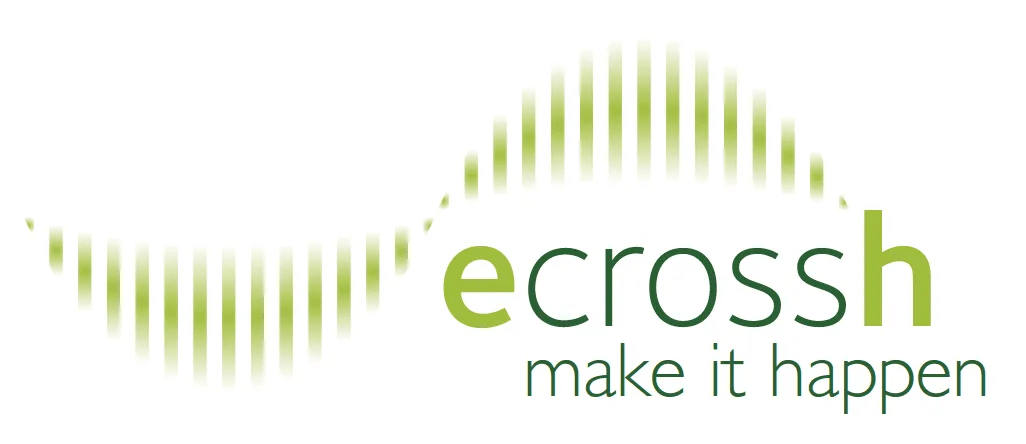What is Radio Spectrum?
We are
all familiar with the term spectrum being used to describe the range of colours that we perceive as visible light. We are able to perceive colour because our eyes are frequency selective with low frequencies appearing as red and high frequencies appearing as violet.
The term spectrum is also used to describe the range of frequencies available for radio transmission. Frequency selective radio transmitters and receivers can be used to construct separate communications channels, with each channel operating on a different frequency.
In a well designed radio environment, these channels may be used to deliver different content to different users at the same time. Spectrum is essential to modern life and is of strategic importance to a wide range of business activities including radio and television broadcast, the provision of cellular mobile network services and for air traffic control for example.
Spectrum is a finite resource because it is not possible for two users to access the same frequencies at the same location and at the same time without causing mutual radio interference. This can lead to tough choices being made when the demand for spectrum exceeds the supply.
Ofcom has responsibility for ensuring that radio spectrum is managed efficiently within the UK and is also responsible for allocating channels and frequency blocks to radio users. As new government priorities and new technologies develop over time, Ofcom will consider whether the way in which spectrum is used and allocated should change in order to maintain efficient use. The spectrum recycling process is known as re-farming and as with all change processes, it can be painful. Re-farming enables exciting new uses of spectrum but may also require incumbent users to surrender spectrum or to undertake costly radio equipment upgrade programmes.
Who are you?
Discover how we can help your business...
CONTACT US
info@ecrossh.co.uk
USEFUL LINKS
STAY INFORMED
You need a helping hand with your project?
All Rights Reserved | E cross H Ltd
